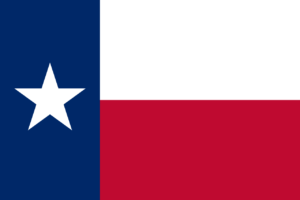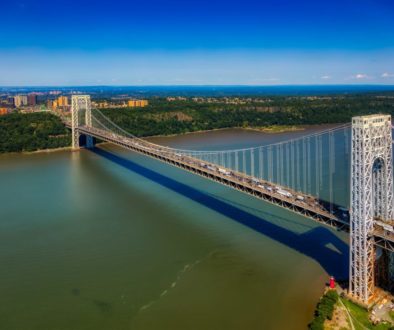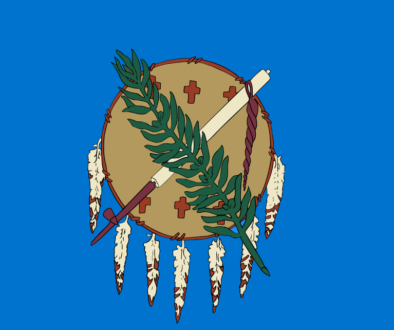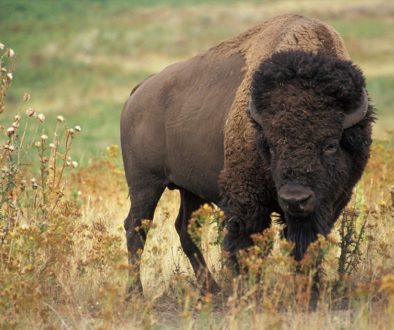Texas
History: Texas is at the cross-roads of several Native American culture groups. These groups became the Caddoan, Apache, Athabaskan, Kickapoo, Choctaw, Kiowa, and Uto-Aztecan tribes. The area was explored by the Spanish in 1519 by sea and in 1541 by land (Coronado expedition). The area was controlled by Spain then Mexico for several centuries. Many American settlers came in after 1821, leading to the Texas Revolution in 1835. Texas broke away from Mexico and became the Texas Republic. Texas agreed to become the 28th state on December 29, 1845. It seceded from the U.S. in 1861 and joined the Confederacy; Texas rejoined the U.S. in 1870. Texas is one of only four states that were independent countries before joining the U.S.
Economy: In 2018, Texas has a gross state product (GSP) of 1.8 trillion, the second highest in the U.S. and higher than Russia, Canada, South Korea, or Spain. Texas is known for beef cattle ranching (the ‘Texas Longhorn’), but also raises horses, sheep, and goats. Its farms lead the U.S. in cotton production. Texas is also known for oil, (‘Black Gold, ‘Texas Tea’) being the sixth largest oil producer and refiner in the world. It is also a leader in renewable energy, producing the most wind power in the U.S. High-technology is also important, producing electronic components, computer memory, aircraft, and helicopters. Houston is well-known as the command center for U.S. manned spaceflight.
Geography: Texas is the 2nd largest U.S. state, although Texans may tell you otherwise. It has 11 climate regions, 14 soil regions, and 11 ecologies. The area can be grossly divided into the Gulf Coastal Plains, Interior Lowlands, Great Plains, and Basin and Range Region. Its borders are defined by three rivers: Red River (north), Sabine River (east), and Rio Grande (south).
Climate: The eastern half of Texas is humid, sub-tropical, with very hot summers (90s F) and very cold winters (40s F). As one goes further west, it gets hotter and drier since the land slowly changes to Southwestern Desert. The northern area is part of Tornado Alley, while the southern coast can get hit by hurricanes from the Gulf of Mexico.
Fun Facts:
- Texas is called the ‘Lone Star State’ because the Texas Revolution flag had only a single star on it.
- The soda ‘Dr Pepper’ was invented in Waco in 1885.
- Braken Cave has the largest bat colony (20 million bats!) in North America.
- King Ranch in south Texas is larger than the state of Rhode Island.
- Texas is larger than any single European country. It also has many towns named after familiar European cities – Paris, Athens, Naples, London, Dublin, and Florence.
- Amarillo is the ‘Helium Capital of the World’ since its Reserve stores 90% of the world’s supply of that gas.
Points of Interest:
- National Parks – Big Bend, Guadalupe Mountains
- The Alamo and River Walk in San Antonio
- Padre Island National Seashore
- Cadillac Ranch in Amarillo
- NASA Johnson Space Center in Houston
- The Stockyards in Fort Worth
Six additional sites to visit for more information:
kids.nationalgeographic.com/texas/
www.coolkidfacts.com/texas-facts/




